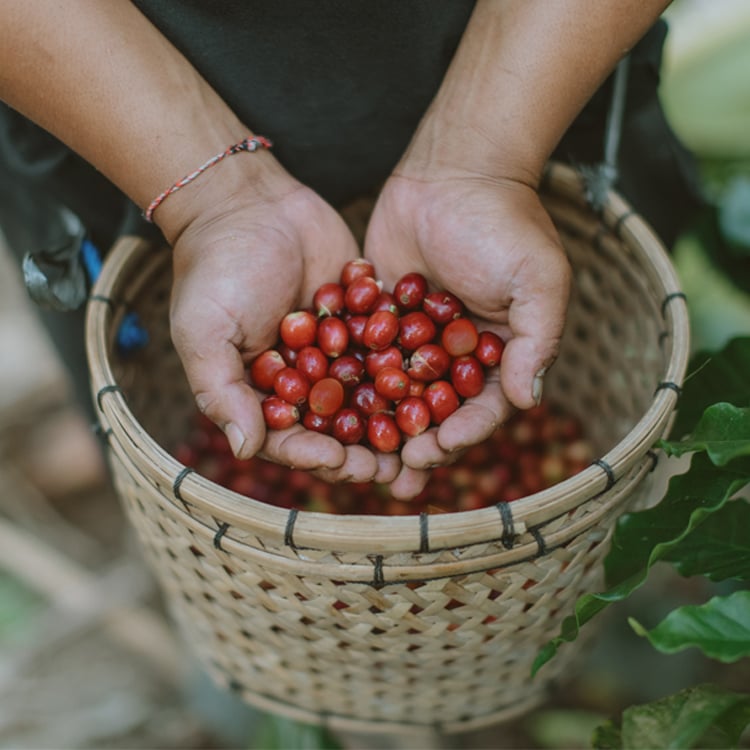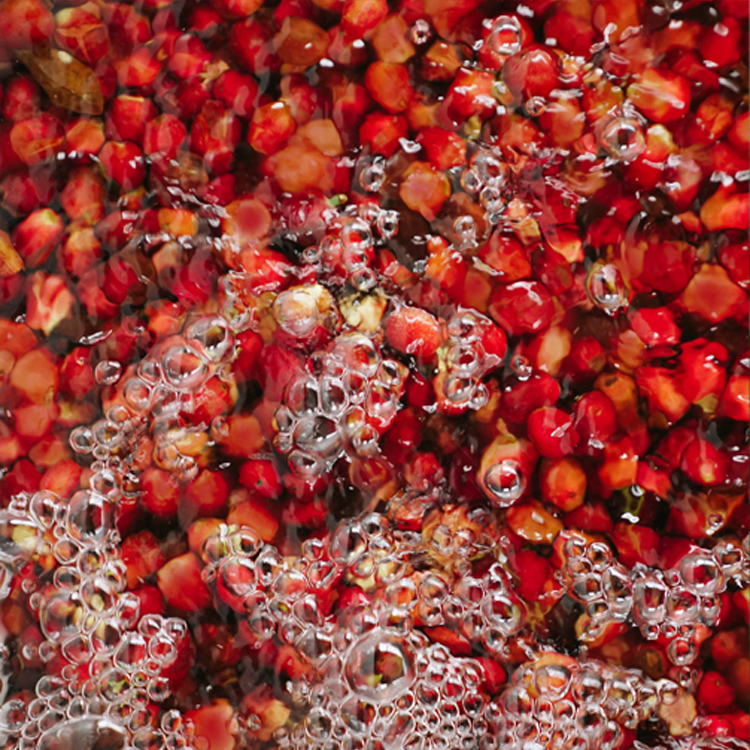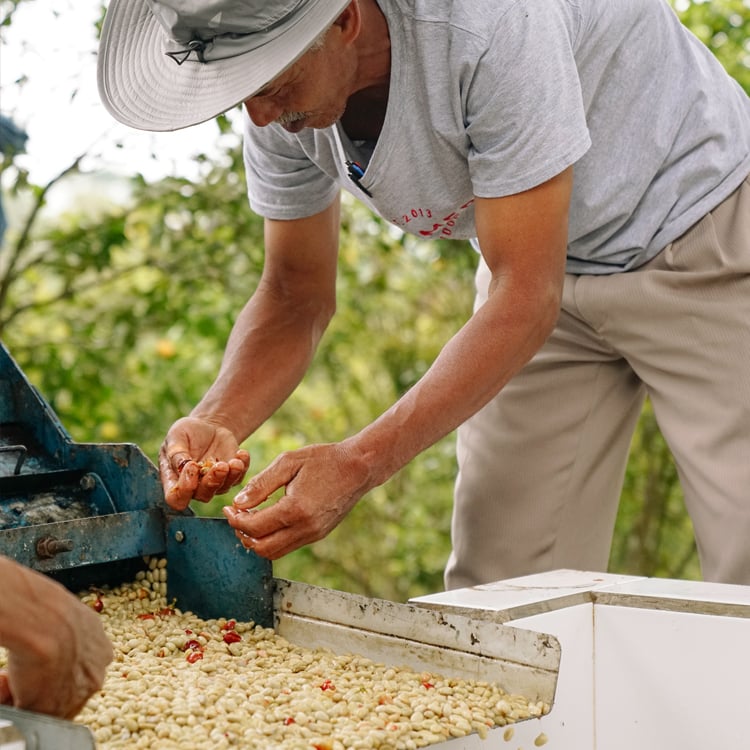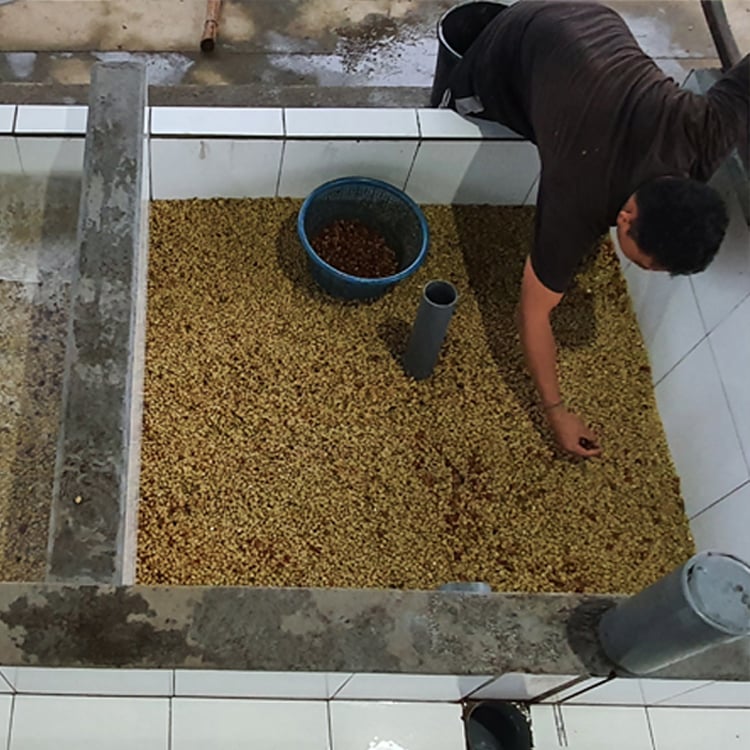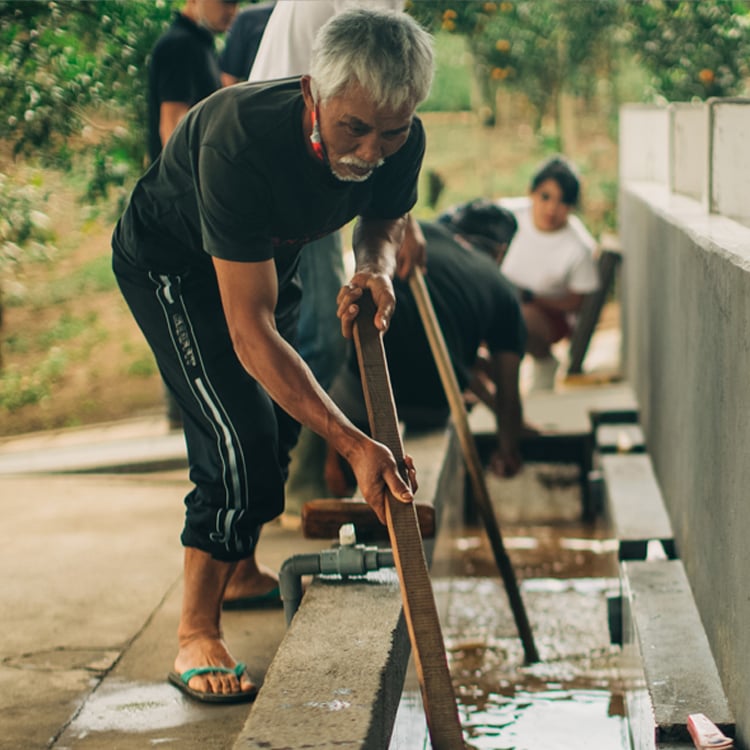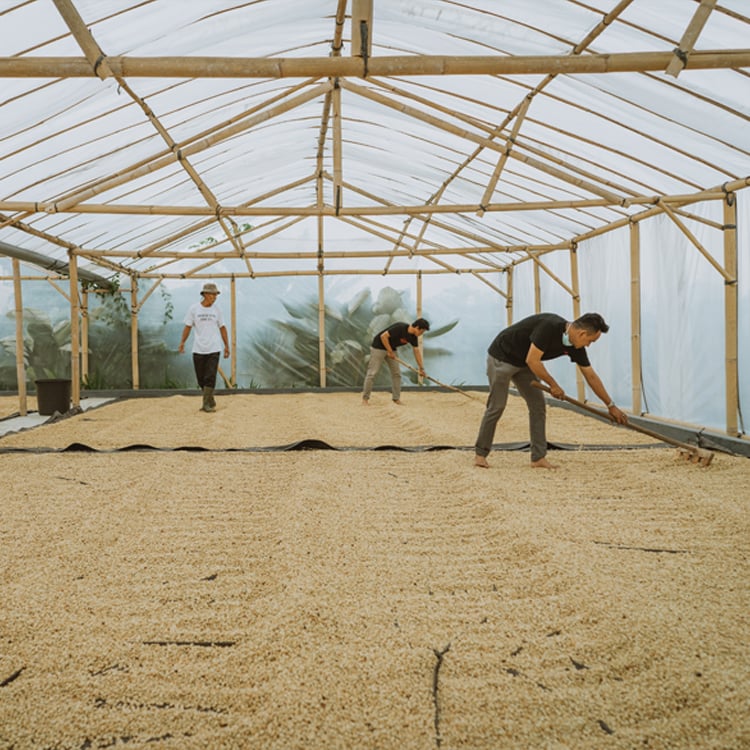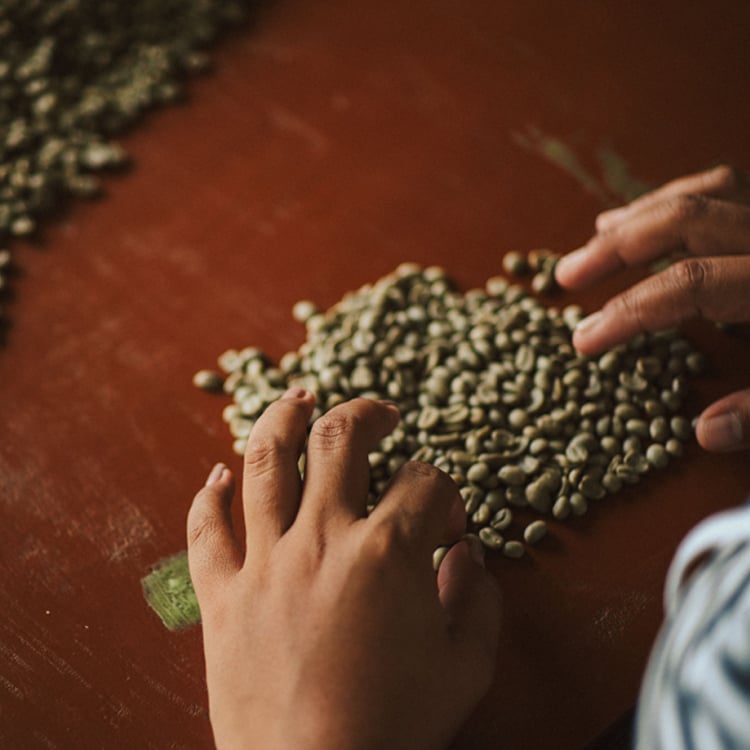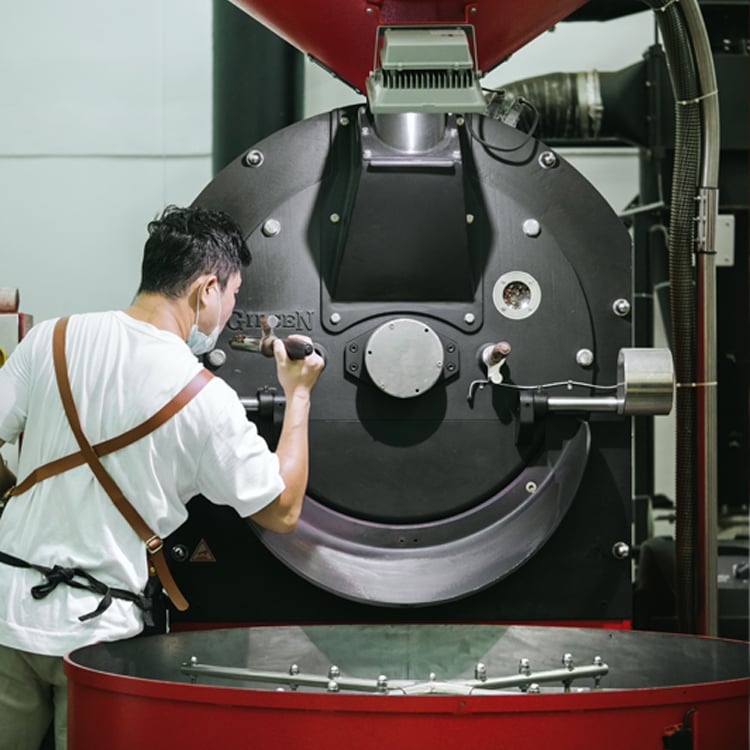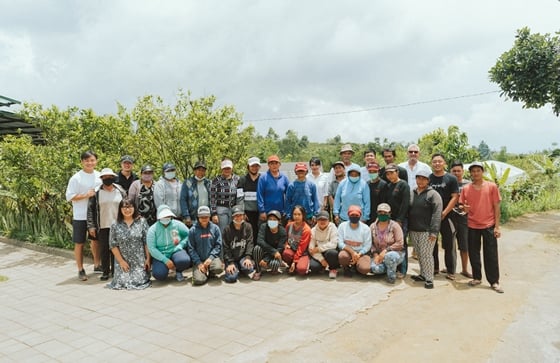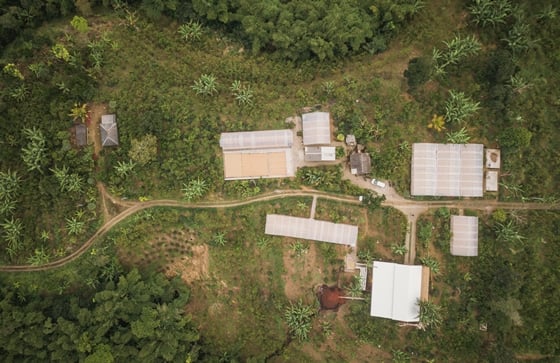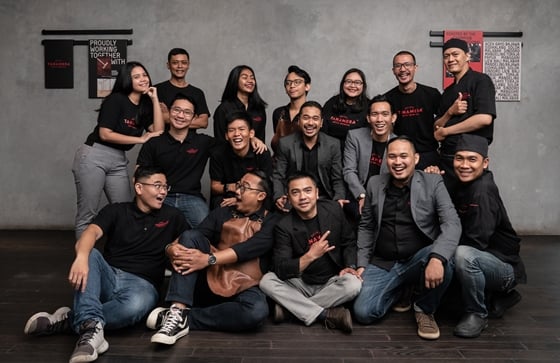Tanamera Coffee’s journey began with a single dream: to make Indonesia famous for its specialty coffee. Our mission has always been to bring you the very best that Indonesia has to offer. Like the red volcanic soil from which we derive our name, the archipelago has rich, fertile soils, perfect for growing specialty coffee.
Since the very beginning, all of our coffee is proudly sourced from Indonesia, where we work closely with our farmers. From the crop on the farm to the cup in your hand, we are present in every step of the process – planting, maintaining, cherry-picking, processing, roasting, and brewing.
Famous for producing a wide variety of flavourful long-lasting tastes, Indonesian coffees are renowned for being; full-bodied, intense, complex, smooth, sweet, syrupy, fruity. With tasting notes of chocolate, caramel, hazelnut, blackberry jam, tobacco, spicy, herbaceous & citrus! This is just a snapshot of how exciting, delicious, and different our coffees can be.
We take great pride in serving you our finest international award-winning specialty grade arabica coffees. Our passion for Indonesian Coffee – that is what connects us!
For you, for the people we work with, and for the future of specialty coffee in Indonesia.
